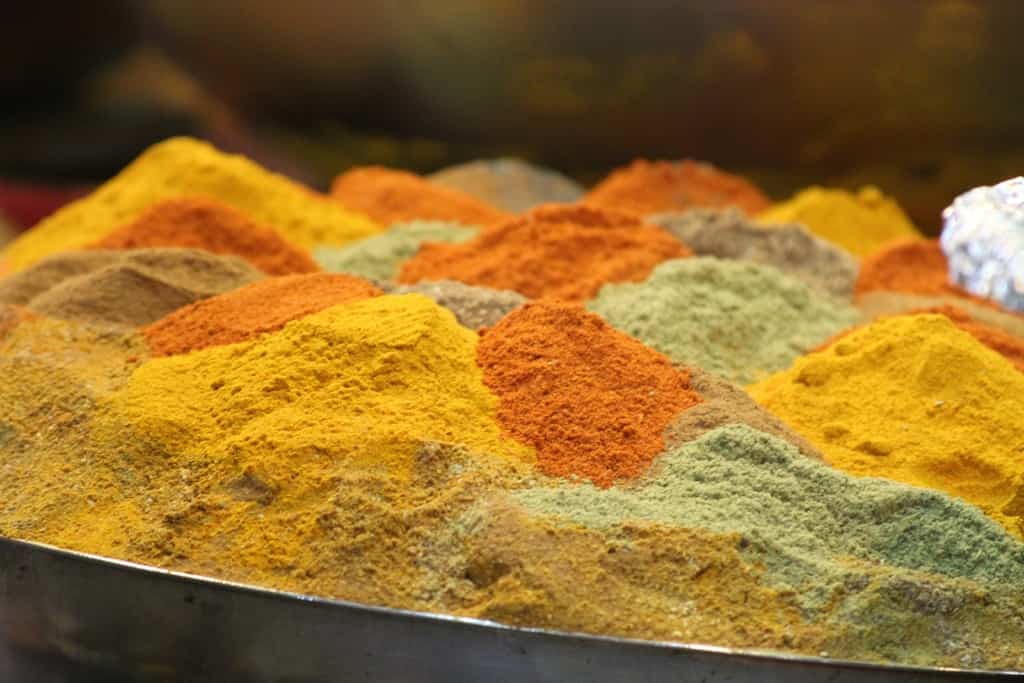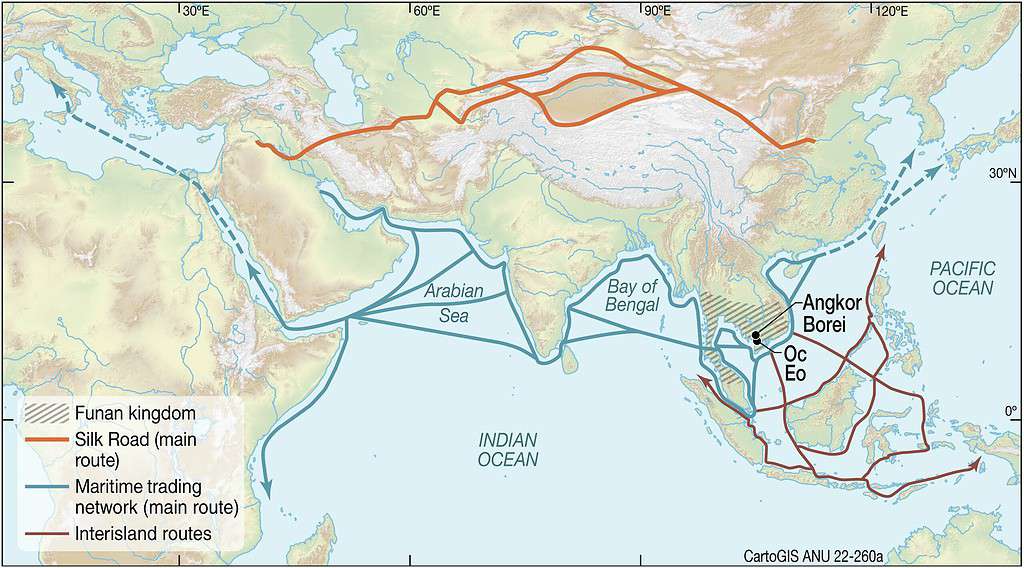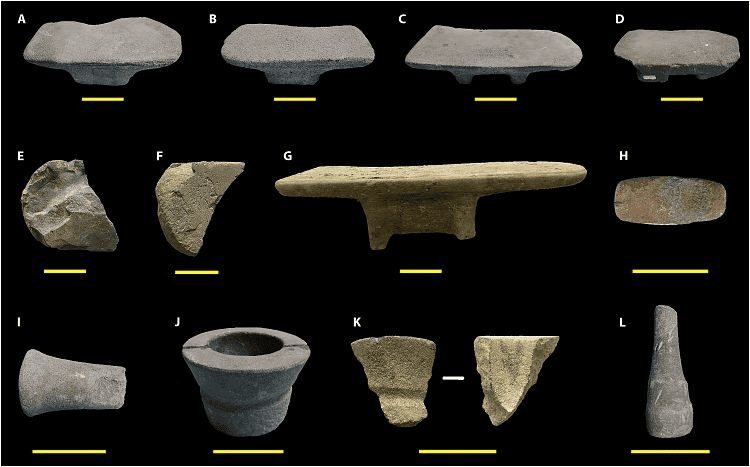Archaeologists have unearthed the earliest known evidence of the curry’s preparation in Southeast Asia. The recipe dates back to 2,000 years and includes a dazzling array of spices. Analyzing grinding tools found in southern Vietnam, reseachers found traces of rice and ginger, clove, nutmeg, cinnamon, turmeric and fingerroot – ingredients likely used to make curry.
It’s also the oldest evidence of curry ever found outside India, the researchers said.

Cracking down an ancient recipe
Curry is one of the most popular and recognizable dishes worldwide. This complex, ever-evolving amalgam of spices, herbs, and other ingredients isn’t just an explosion of flavors — it’s an artifact of ancient trade routes, human migration, agricultural practices, and cultural fusion.
Evidence from 2,600 years ago shows that curry was already a known dish in the India-Pakistan region, but at some point, it was introduced to other Asian cultures. The spices researchers analyzed in this study were likely transported over several thousand kilometers by sea.
“Preparing curry involves not only a diverse range of spices but also the use of grinding tools, considerable time, and human effort,” study author Dr. Hsiao-chun Hung told CNN. “Even individuals residing outside of India nearly 2,000 years ago expressed a strong desire to savor the flavors of curry, as evidenced by their diligent preparations.”
Southeast Asia used to have an important role in the spice trade, both as a source of tropical products and as a geographical halfway between China and the Indian subcontinent.

Initially, the researchers’ primary focus was not on curry; instead, wanted to study stone-grinding tools called “pesani,” used by ancient people to grind spices into powder. Additionally, they sought to gain insights into the ancient spice trade, recognizing the significant value of spices throughout history in fostering cultural connections.
They employed a method known as starch grain analysis. This involved the examination of microscopic remains retrieved from grinding and pounding tools discovered at the Óc Eo archaeological complex. By studying starch grains, tiny structures found in plant cells that can endure over extended periods, they could gain valuable information.
The ancient curry market

Among the 40 tools analyzed, 12 were found to contain traces of various spices commonly used in curry preparation today. This indicated that the occupants of Óc Eo utilized these tools for processing food. Notably, one of the tools closely resembled the grinding slabs still conventionally employed in making curry paste to this day.
“We discovered a wide variety of spices that had travelled from different locations to Óc Eo,” Hsiao-chun Hung, researcer at the Australian National University, told The Guardian. “All of these spices reached Vietnam 2,000 years ago, contributing to the creation of delightful dishes that must have been enjoyed by the people of that time.”
“We suggest that South Asian migrants or visitors introduced this culinary tradition into Southeast Asia during the period of early trade contact via the Indian Ocean, commencing about 2000 years ago,” the researchers explain in the published research.
It’s the first-time researchers get definitive evidence that spices held immense value as commodities traded within the global network over 2,000 years ago. While it’s not clear who made the curry at the site, researchers suspect that the people who introduced curry they were likely migrants from India or local inhabitants in Vietnam, influenced by the overall South Asian culture.
Up next, the researchers will now compare their findings with other large plant remains unearthed from the site, considering their study focused on microscopic plants. They also wish to analyze a large number of well-preserved seeds collected from a previous excavation. They believe they could identify more spices or plant species.
The study was published in the journal Science.



